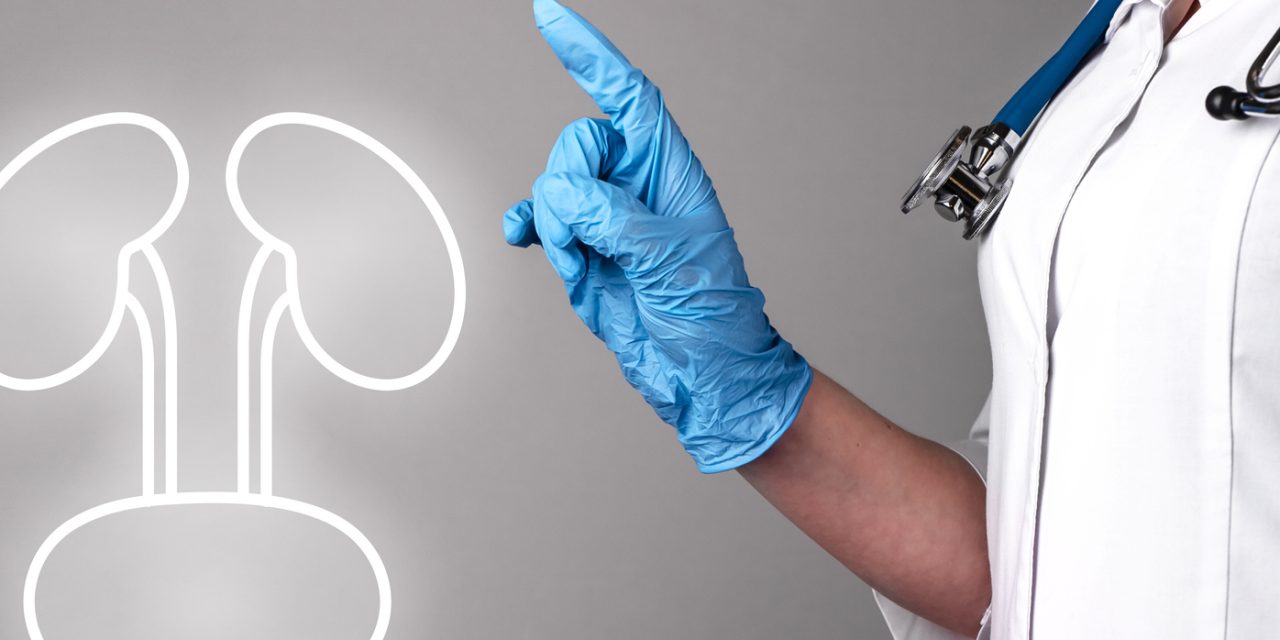The purpose of this paper was to analyze the etiology and methods of diagnosing reproductive disorders in male dromedary camels. Male camel infertility manifests as one of three conditions: post-coital infertility (IG), inability to copulate (IC), and lack of sexual desire (LSD). IG is mainly a testicular disorder that is linked to a deteriorated seminogram, arrested spermatogenesis, Sertoli cell-only syndrome, and testicular degeneration. For IG diagnosis, semen analysis, testicular biopsy, and fine-needle aspiration are gold standards. Testicular ultrasonography was generally inefficient. High serum FSH was found in IG camels with oligo-and azoospermia, implying primary spermatogenesis defects. The testis-expressed protein (TEX101) and the epididymis-expressed protein (ECM1) are reliable biomarkers for distinguishing between obstructive and non-obstructive azoospermia. IC manifests in two forms: phimosis (PHI) and erectile dysfunction (ED). PHI is frequently linked to preputial and penile pathologies, as well as leukocytosis, neutrophilia, and elevated nitric oxide metabolites. The majority of camels with ED have normal genital organs, and the condition is associated with an increase in cardiac troponin I. LSD is a rare disorder brought on by hormonal imbalances, high temperatures, stress, and debilitating diseases. In conclusion, IG diagnosis necessitates semen analysis, testicular biopsy or fine needle aspiration, and FSH testing, whereas IC diagnosis requires preputial and penile examinations. Diagnostic aids include serum and seminal biomarkers.This article is protected by copyright. All rights reserved.
Etiological analysis and diagnosis of reproductive disorders in male dromedary camel.


